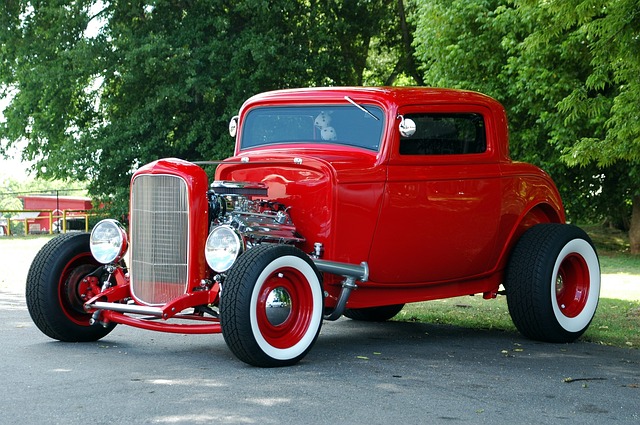Introduction
Adjusting a Quadrajet carburetor is a crucial task for anyone who wants to optimize their vehicle’s performance. The Quadrajet carburetor, developed by Rochester, was a popular choice for many General Motors vehicles from the 1960s to the 1980s. This article will provide a step-by-step guide on how to adjust a Quadrajet carburetor, ensuring that your vehicle runs smoothly and efficiently.
Understanding the Quadrajet Carburetor
Before diving into the adjustment process, it is essential to have a basic understanding of how the Quadrajet carburetor works. The Quadrajet carburetor is a four-barrel carburetor that consists of two primary barrels and two secondary barrels. The primary barrels are responsible for providing fuel during idle and low-speed conditions, while the secondary barrels open up to deliver fuel during high-speed acceleration.
Materials Needed
Before adjusting the Quadrajet carburetor, gather the following materials:
– Flathead screwdriver
– Vacuum gauge
– Tachometer
– Safety goggles
– Gloves
Adjusting the Idle Mixture Screws
The first step in adjusting a Quadrajet carburetor is to adjust the idle mixture screws. These screws control the air-fuel mixture during idle conditions. Here’s how to do it:
1. Start by locating the idle mixture screws on the front of the carburetor. They are usually positioned on either side of the primary metering jets.
2. With the engine running, turn each idle mixture screw clockwise until it lightly seats. Be careful not to overtighten.
3. Slowly turn each screw counterclockwise, about one and a half turns. This initial setting will provide a baseline for further adjustments.
4. Use a vacuum gauge to monitor the engine’s vacuum. Adjust each idle mixture screw, alternating between them, until you achieve the highest vacuum reading.
5. Fine-tune the idle mixture screws by making small adjustments and monitoring the engine’s performance. Aim for a smooth and steady idle.
Adjusting the Idle Speed
After adjusting the idle mixture screws, it’s time to set the idle speed. Follow these steps:
1. Locate the idle speed screw, which is often positioned near the base of the carburetor.
2. Start the engine and let it warm up to operating temperature.
3. Turn off any accessories that may affect the idle speed, such as the air conditioning.
4. Using a tachometer, adjust the idle speed screw to achieve the desired idle RPM specified by the vehicle manufacturer. Typically, it ranges from 600 to 800 RPM.
Adjusting the Secondary Air Valve
The secondary air valve controls the opening and closing of the secondary barrels. To adjust it properly, follow these steps:
1. Locate the secondary air valve on the top of the carburetor.
2. Start the engine and let it idle.
3. Observe the secondary air valve. It should be fully closed during idle.
4. Gradually increase the engine speed while observing the secondary air valve. It should start to open as the throttle is opened.
5. If the secondary air valve opens too early or too late, adjust the opening rate using the adjusting screw. Turning it clockwise delays the opening, while turning it counterclockwise advances the opening.
Conclusion
Adjusting a Quadrajet carburetor is a task that requires attention to detail and patience. By following the step-by-step guide outlined in this article, you can ensure that your Quadrajet carburetor is properly adjusted, resulting in improved performance and fuel efficiency for your vehicle.
References
– www.hotrod.com
– www.superchevy.com
– www.carburetor-parts.com












